SGGP
According to the IEA report, although the total amount of electricity generated from renewable sources has increased three times during the period 2000-2022, if relying on renewable energy alone, it is not possible to generate enough electricity to meet the demand from developing economies.
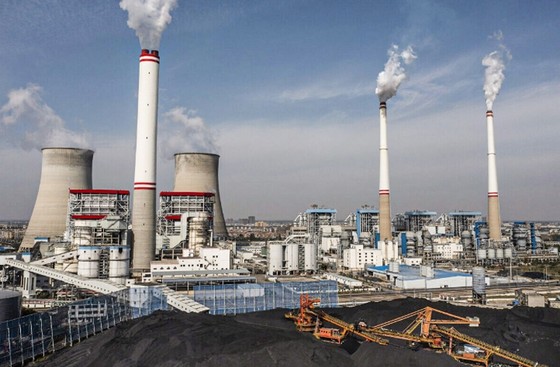 |
| The world is still dependent on coal-fired power to drive economic growth and recover from the pandemic. Photo: World Nation News |
The International Energy Agency (IEA) has just released a report showing that coal demand in India, the world's second largest thermal power producer, will increase by 8% by 2022. Indonesia, with a 36% increase in demand, has become the world's fifth largest thermal power consumer.
Meanwhile, many European countries are also reversing their coal phase-out policies due to a shortage of natural gas. According to the IEA report, although the total amount of electricity generated from renewable sources increased threefold between 2000 and 2022, relying on renewable energy alone cannot generate enough electricity to meet the demand from developing economies.
The IEA also reported that in 2022, global coal consumption is estimated to increase by 1.2% compared to 2021, exceeding 8 billion tons. And global demand for fossil energy is expected to reach a new high this year.
Coal is cheap and reliable, and developed and emerging economies alike rely on it in times of emergency. Germany, a leader in decarbonization, has ramped up coal power generation as energy shortages worsen due to disruptions in Russian gas supplies. France has also restarted coal plants.
In Japan, coal accounts for about 30% of total electricity production. The country's dependence on coal increased by about 5% after the accident at the Fukushima nuclear power plant in 2011. This is considered a vicious circle between ensuring energy security and taking action against climate change.
The Paris Agreement on climate change aims to keep global temperature increases below 1.5 degrees Celsius above pre-industrial levels. Temperature increases of more than 1.5 degrees Celsius would significantly increase the risk of heatwaves, heavy rainfall and other climate risks.
According to the United Nations Intergovernmental Panel on Climate Change, the world is only allowed to emit an additional 400 billion tonnes of CO2 if it wants to meet the target of limiting warming to 1.5 degrees Celsius. If current annual emissions of 40 billion tonnes continue, the world will have just 10 years to act.
Source












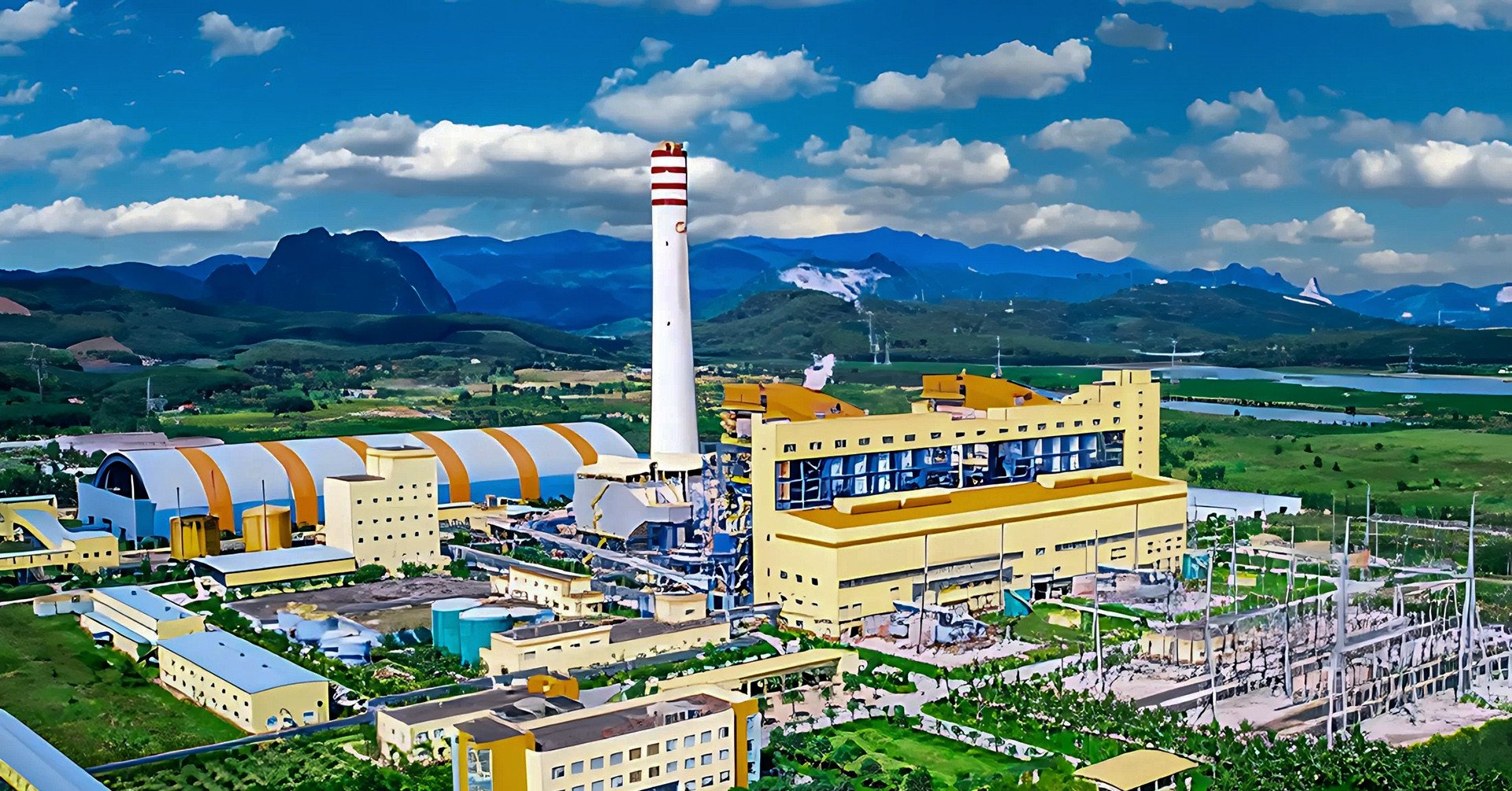


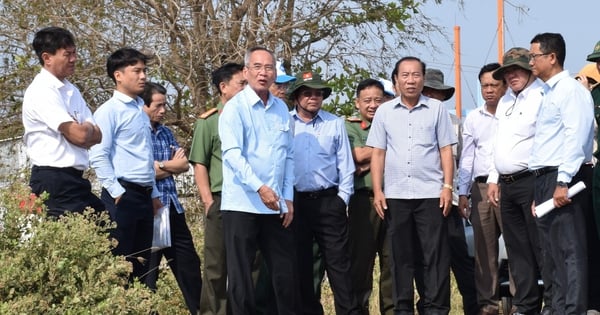





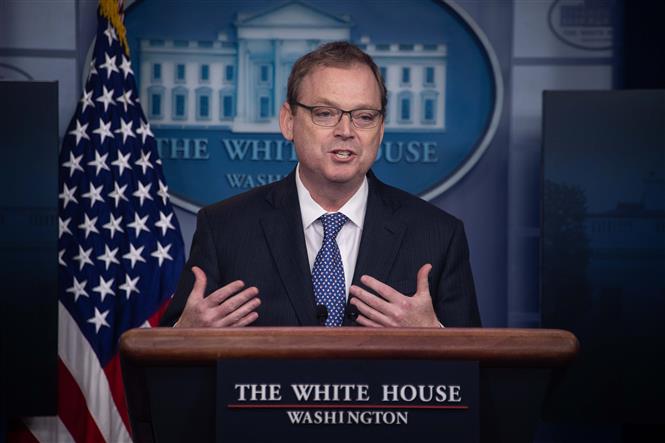










![[Photo] Visiting Cu Chi Tunnels - a heroic underground feat](https://vstatic.vietnam.vn/vietnam/resource/IMAGE/2025/4/8/06cb489403514b878768dd7262daba0b)





































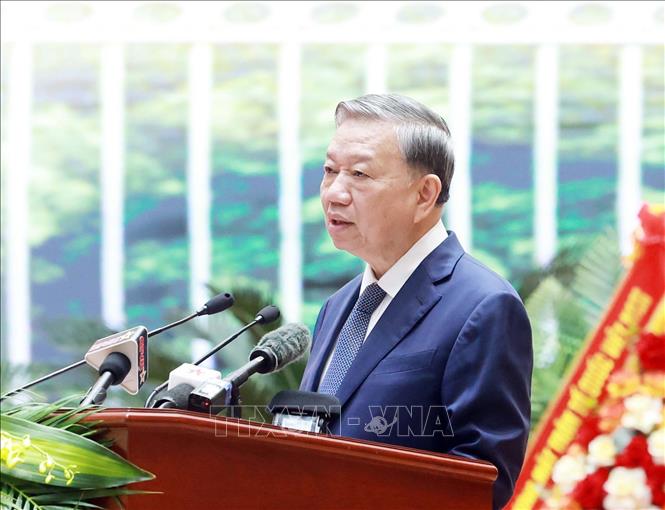









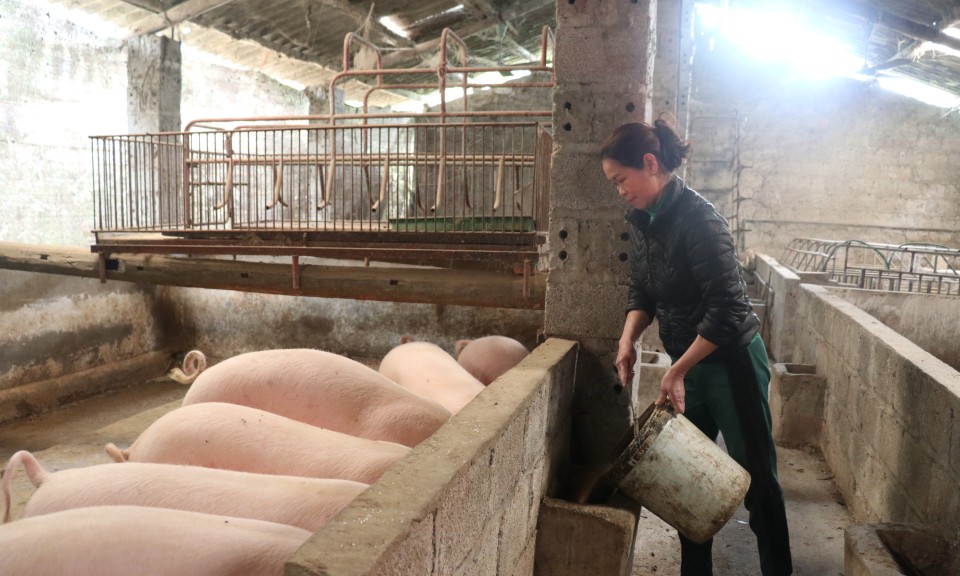

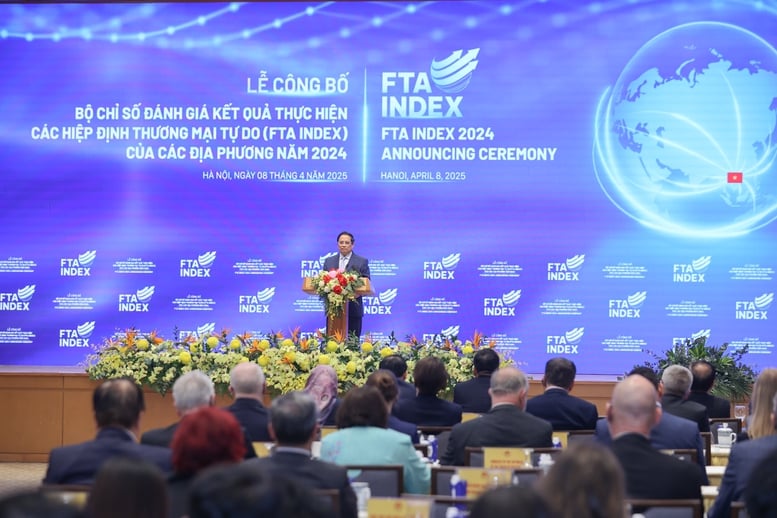












Comment (0)